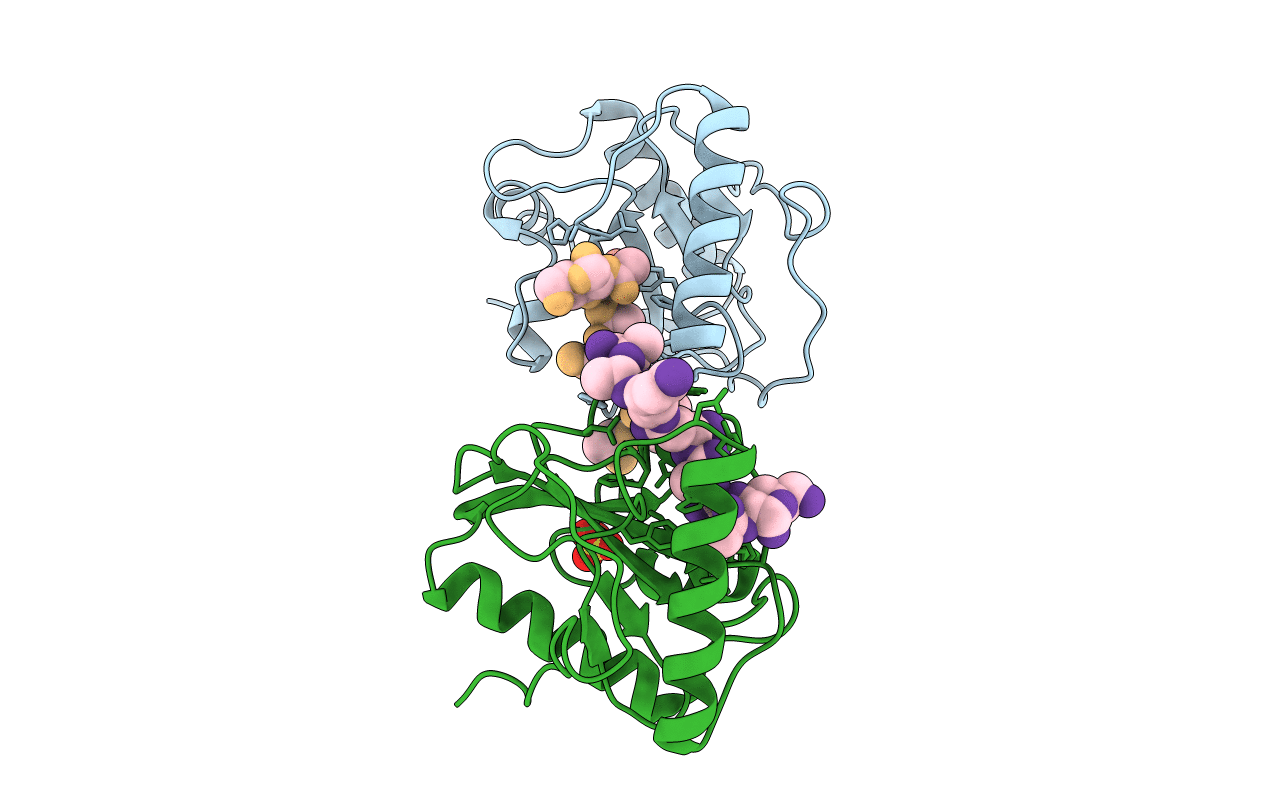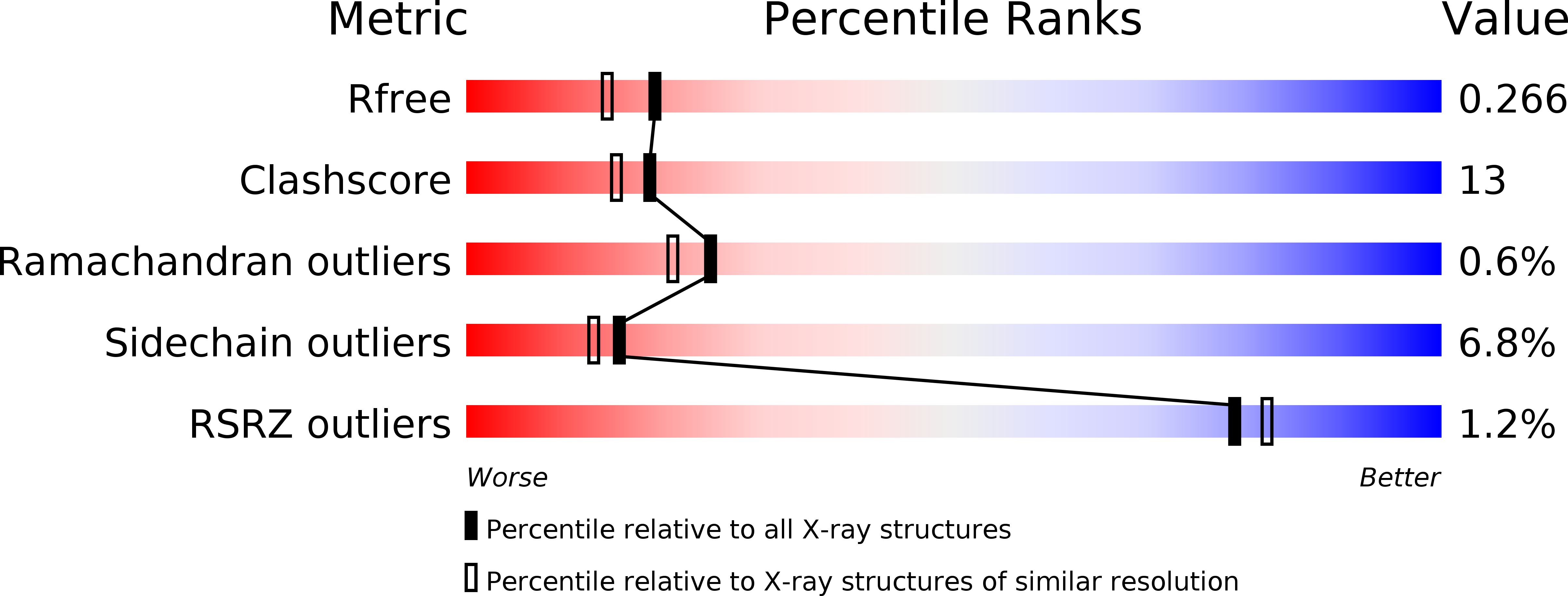
Deposition Date
2005-08-16
Release Date
2006-06-27
Last Version Date
2024-02-28
Entry Detail
PDB ID:
2APH
Keywords:
Title:
Crystal structure of human PGRP-IalphaC in complex with muramyl pentapeptide
Biological Source:
Source Organism:
Homo sapiens (Taxon ID: 9606)
synthetic construct (Taxon ID: 32630)
synthetic construct (Taxon ID: 32630)
Host Organism:
Method Details:
Experimental Method:
Resolution:
2.10 Å
R-Value Free:
0.26
R-Value Work:
0.22
R-Value Observed:
0.22
Space Group:
P 1 21 1


